In the world of digital creativity, papigrafifico has emerged as a revolutionary term representing the fusion of art, design, and innovation. It symbolizes a style that blends modern digital aesthetics with traditional artistic elements to produce visually captivating results. As designers and artists continue to evolve, papigrafifico is becoming a defining approach for those who wish to stand out in the crowded creative landscape.
The Meaning and Essence of Papigrafifico
At its core, papigrafifico combines two powerful ideas — “papi,” symbolizing paper or texture, and “grafifico,” derived from graphics or visual art. Together, the concept refers to the art of transforming ordinary visuals into layered, meaningful, and emotionally rich designs. It’s not just about colors and shapes; papigrafifico is about storytelling through visual identity. Each element within a papigrafifico design plays a role in communicating mood, theme, and emotion, creating a deeper connection between the artwork and the viewer.
The Evolution of Papigrafifico in Modern Art
The journey of papigrafifico began with the transition from hand-drawn illustrations to digital canvases. As artists adapted to new technologies, they sought ways to retain the warmth and authenticity of traditional art. Papigrafifico emerged as that bridge — maintaining organic beauty while leveraging digital precision. From logo designs to editorial layouts, the papigrafifico method offers a distinctive touch that combines classic charm with modern appeal. Its influence can be seen across advertising, branding, fashion, and even social media graphics.
Why Papigrafifico Matters in Design Today
In today’s fast-paced digital age, where minimalism and simplicity dominate, papigrafifico stands out by offering depth and dimension. Designers are rediscovering the importance of texture, layers, and emotional storytelling. A papigrafifico design doesn’t just attract attention — it holds it. The layered visuals encourage the viewer to explore the details, sparking curiosity and engagement. For brands, this approach translates into stronger visual recognition and a more personal connection with audiences.
Techniques Behind Papigrafifico Creations
Creating a papigrafifico masterpiece requires more than just creativity — it demands balance. The technique often involves blending multiple mediums: photography, illustration, and typography. Artists play with gradients, shadows, and color overlays to achieve a dynamic and tactile look. In papigrafifico design, the background and foreground interact harmoniously, giving the image a sense of movement and life. It’s this interplay that makes papigrafifico so captivating and powerful.
The Emotional Impact of Papigrafifico Art
A true papigrafifico artwork doesn’t just appeal to the eye — it stirs emotion. Its textures mimic real-life materials, creating a sensory connection even in digital form. When viewers experience papigrafifico, they feel an almost tangible depth, as though they could reach out and touch the design. This emotional pull makes papigrafifico particularly effective for storytelling campaigns, product branding, and editorial visuals that aim to leave a lasting impression.
Papigrafifico in Branding and Advertising
Brands are increasingly adopting papigrafifico to differentiate themselves in the market. Instead of flat, impersonal graphics, papigrafifico allows them to express authenticity and craftsmanship. A logo designed using papigrafifico techniques often feels more “alive,” carrying texture, shadow, and realism that enhance brand perception. In advertising, this style can evoke nostalgia or luxury, depending on its color palette and composition. Papigrafifico thus serves as both an artistic and strategic tool for visual communication.
The Future of Papigrafifico in Digital Design
As technology continues to evolve, the future of papigrafifico looks brighter than ever. With advancements in 3D design, AI-assisted tools, and virtual reality, artists are finding new ways to enhance papigrafifico aesthetics. The combination of motion graphics and textural layering will likely define the next phase of this art form. Whether in websites, apps, or digital galleries, papigrafifico will continue to influence how visuals are created and experienced.
Conclusion
In essence, papigrafifico is not merely a trend — it’s an artistic philosophy that celebrates depth, detail, and emotion in design. It redefines how we perceive digital art, merging the tactile with the technological. For artists, it’s a medium of expression; for brands, it’s a tool of identity; and for audiences, it’s an experience of beauty that transcends the screen. The growing popularity of papigrafifico reflects a collective desire for authenticity and artistry in the digital era.
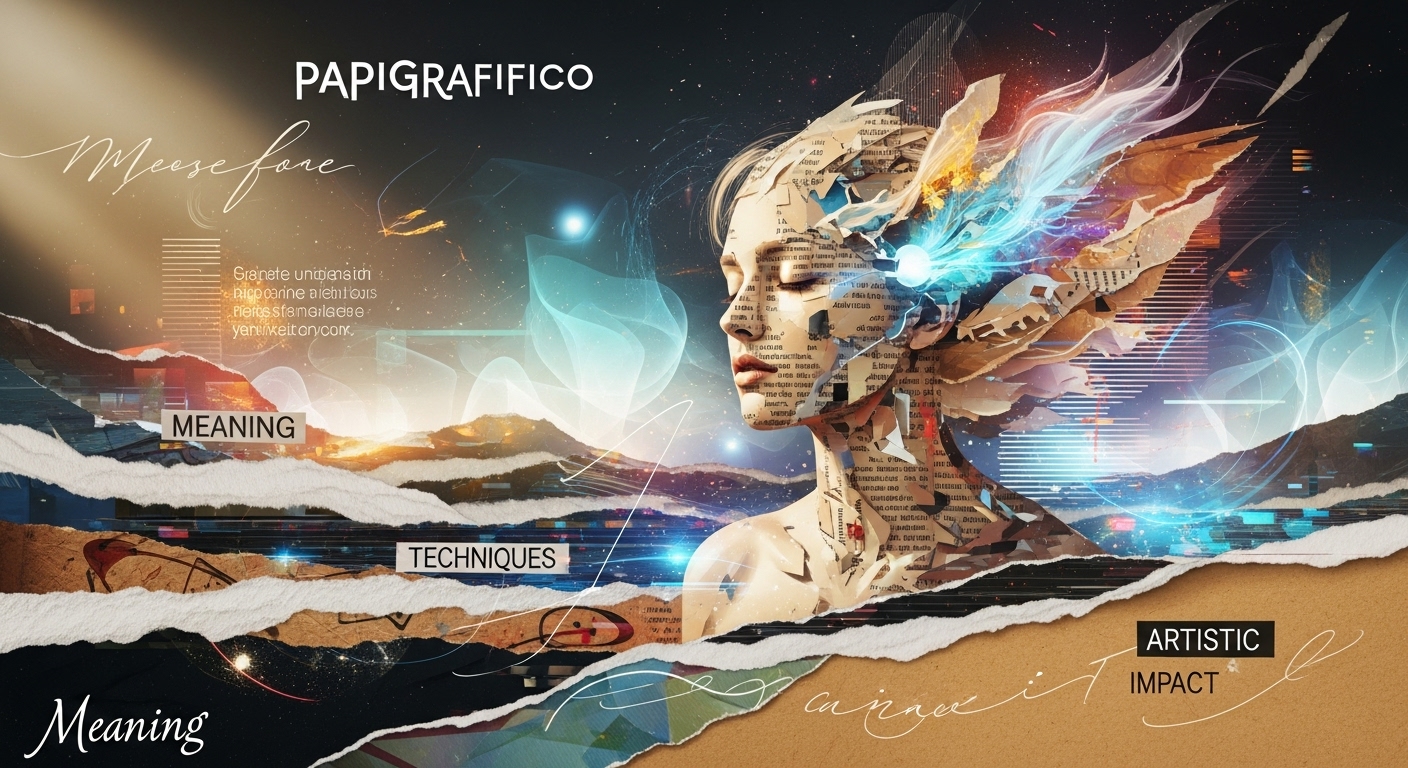
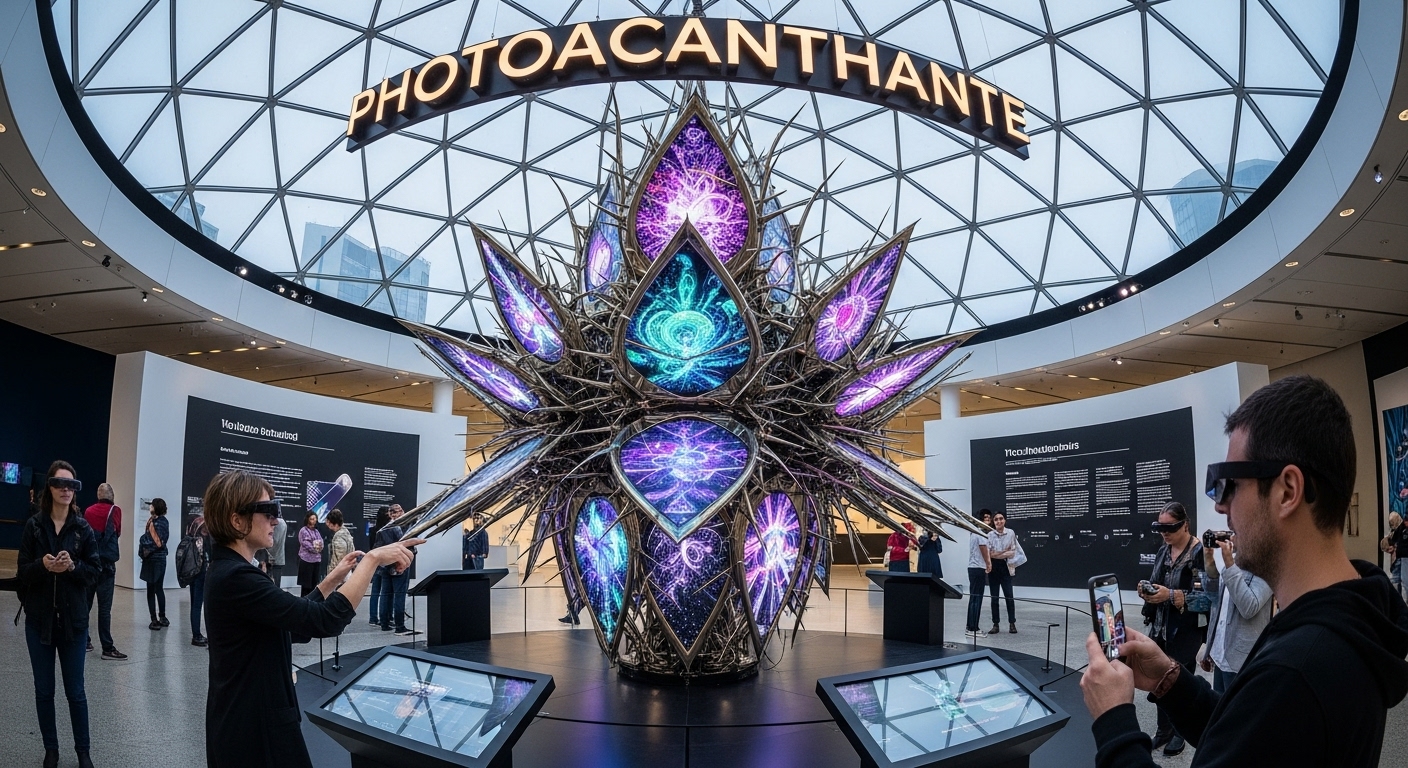
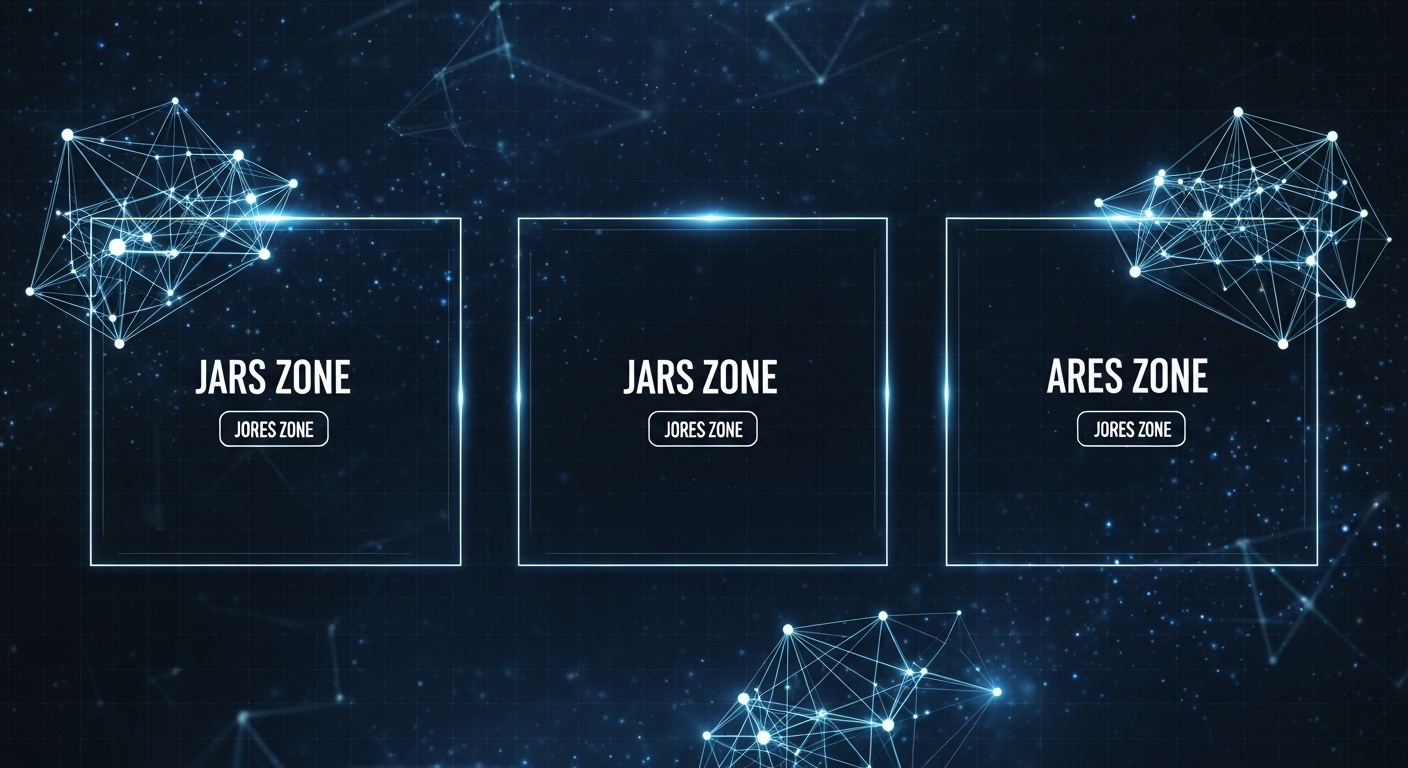
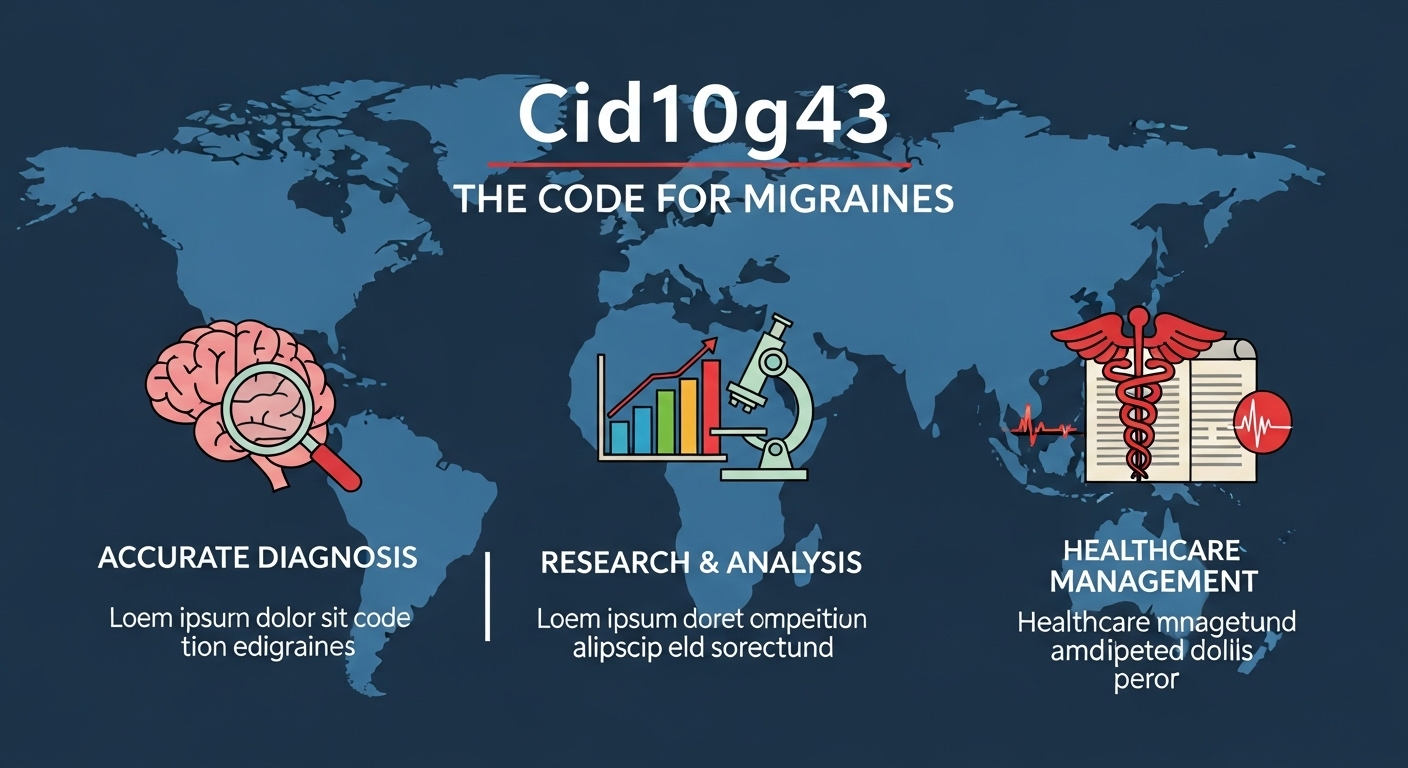

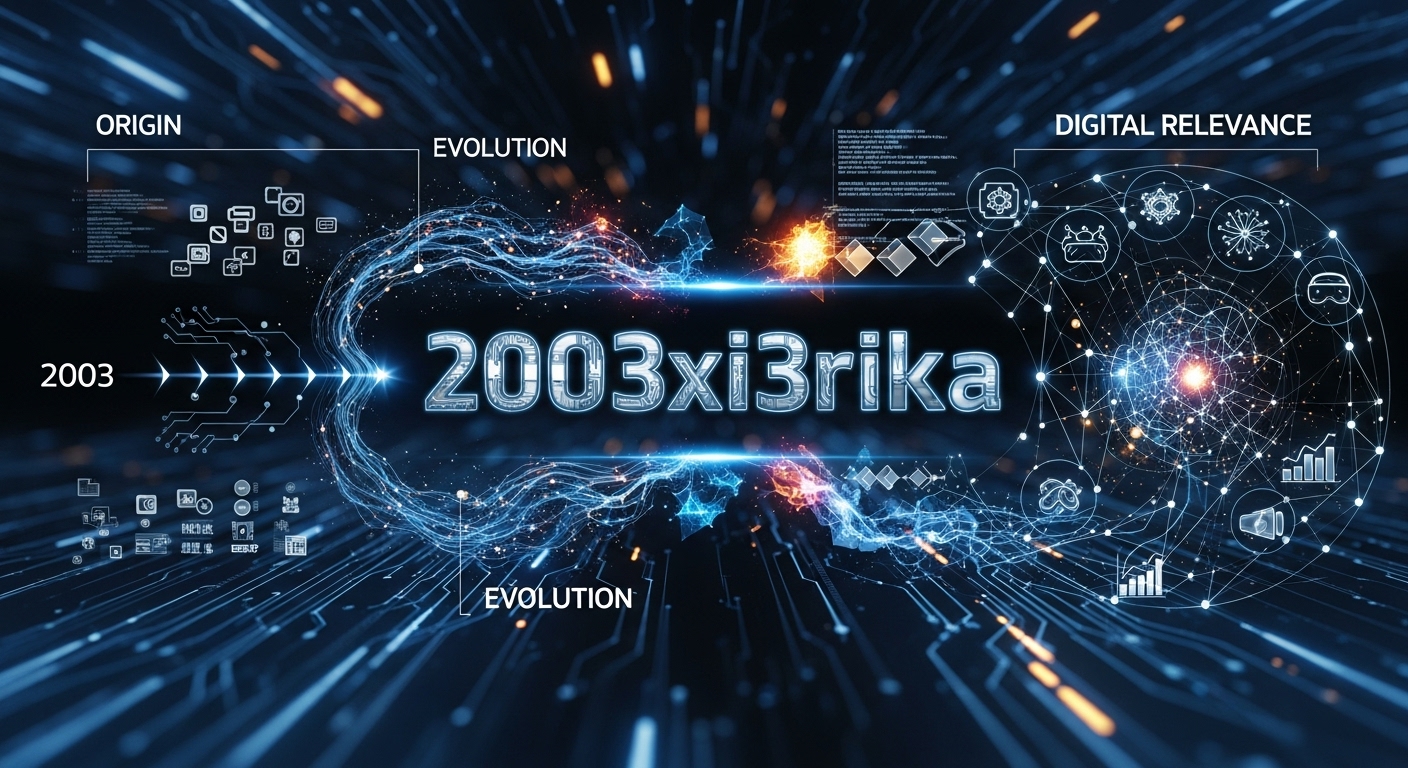


Leave a Reply